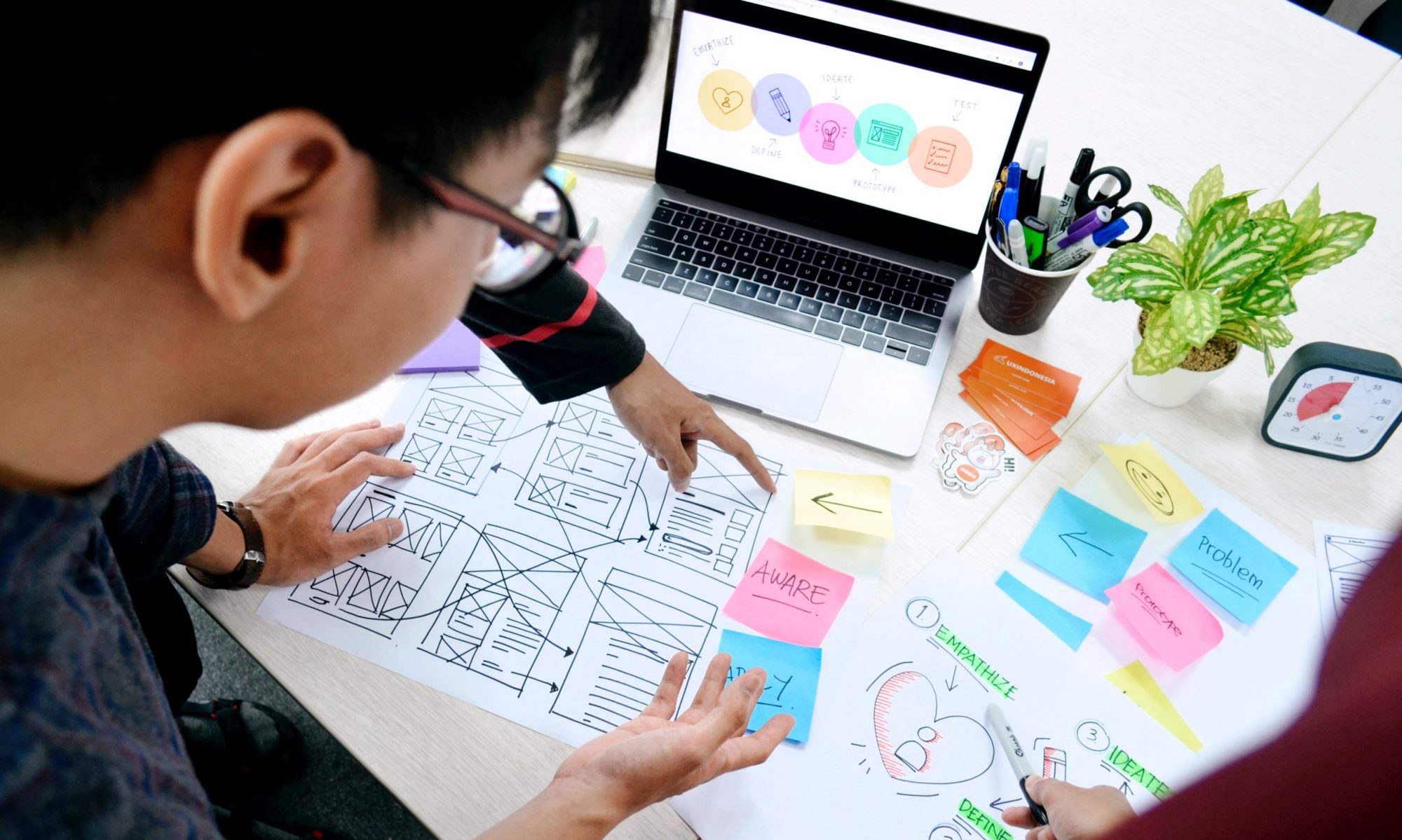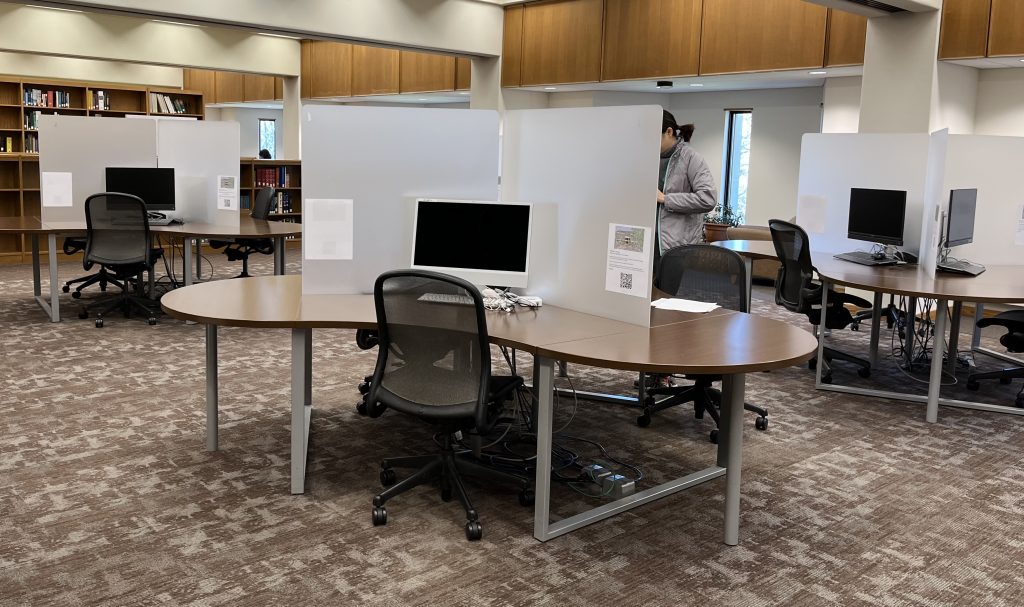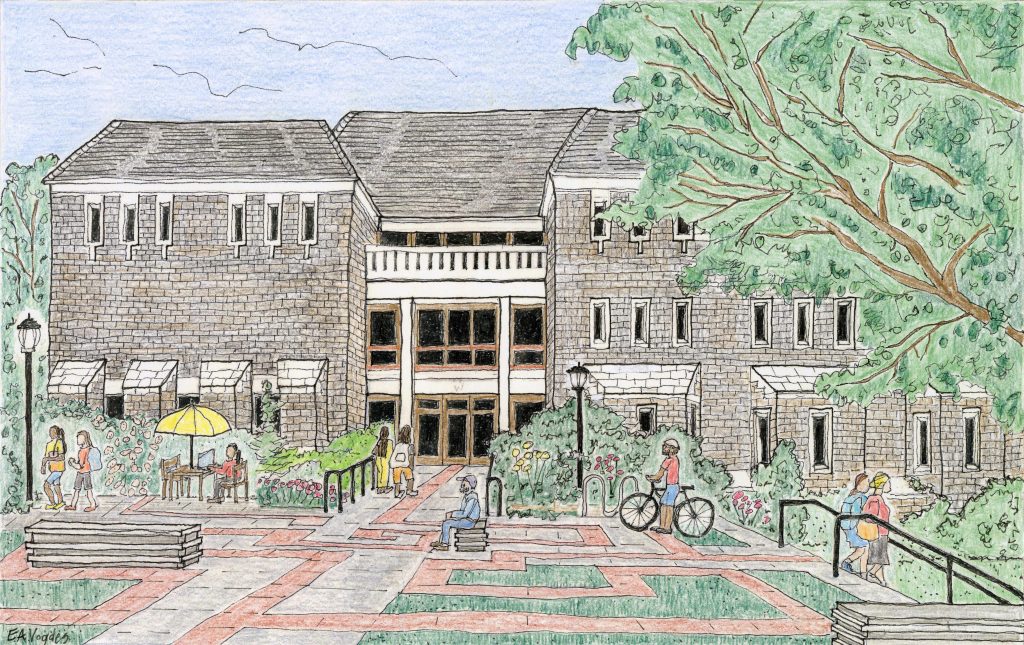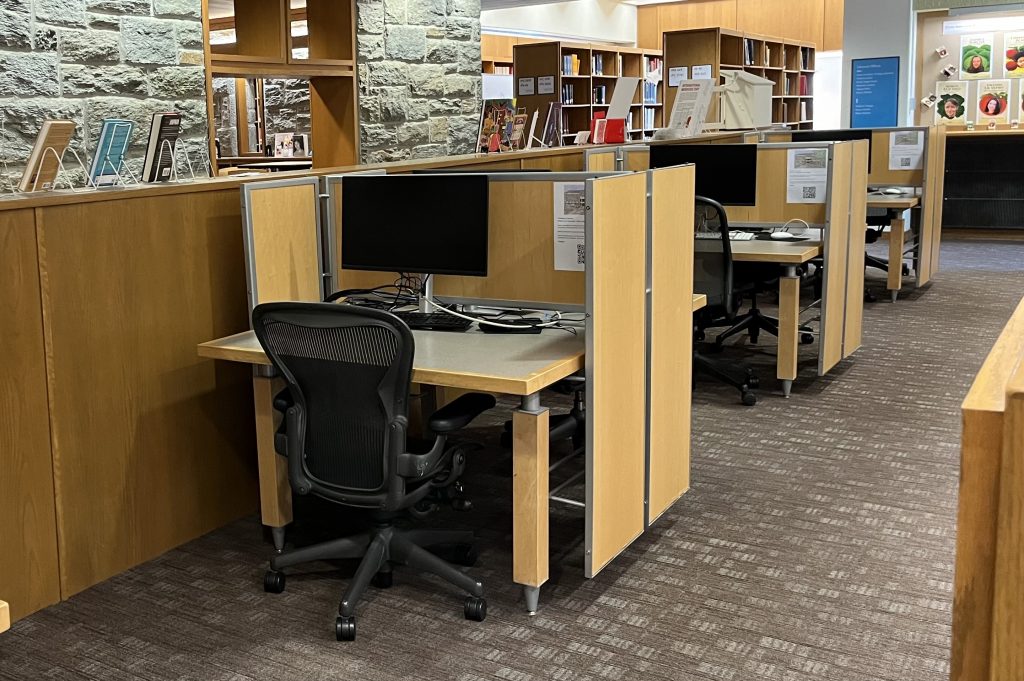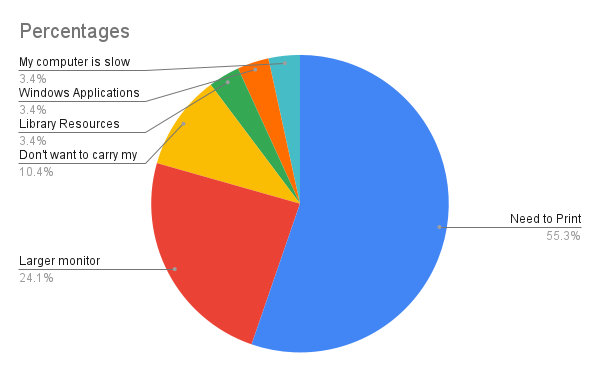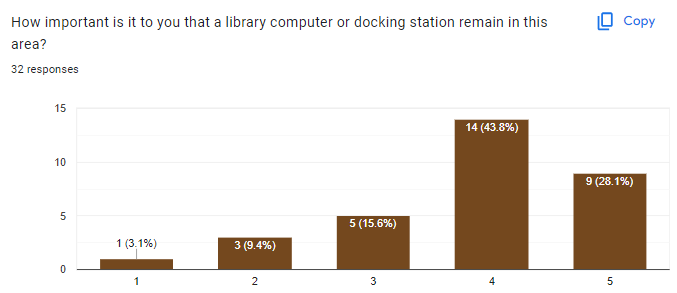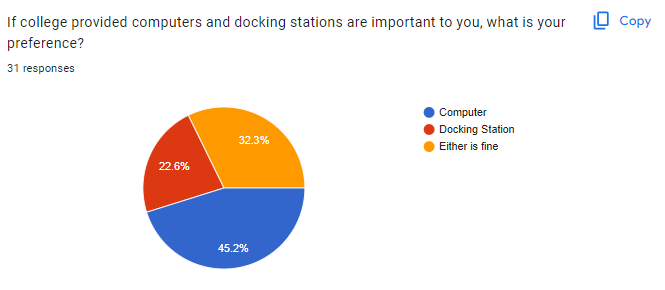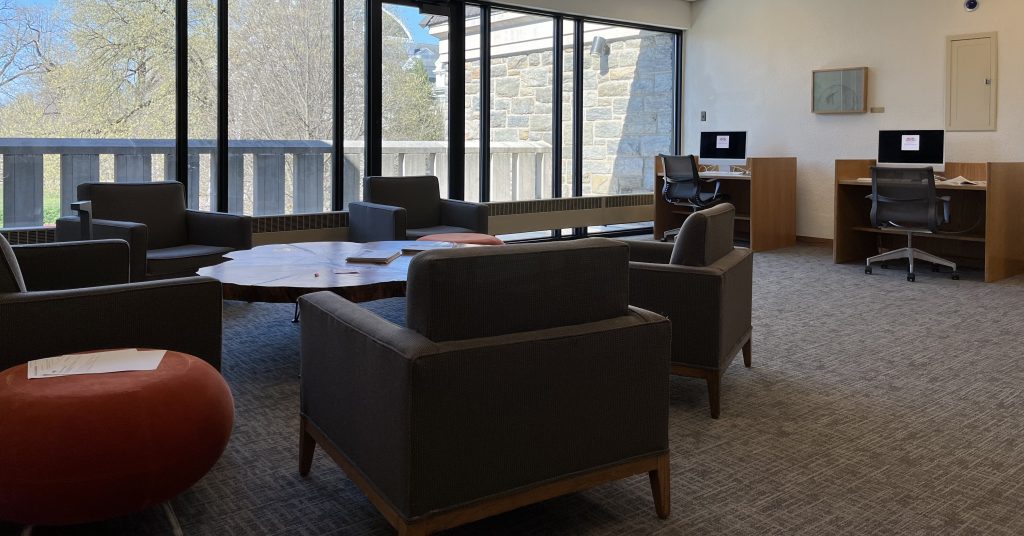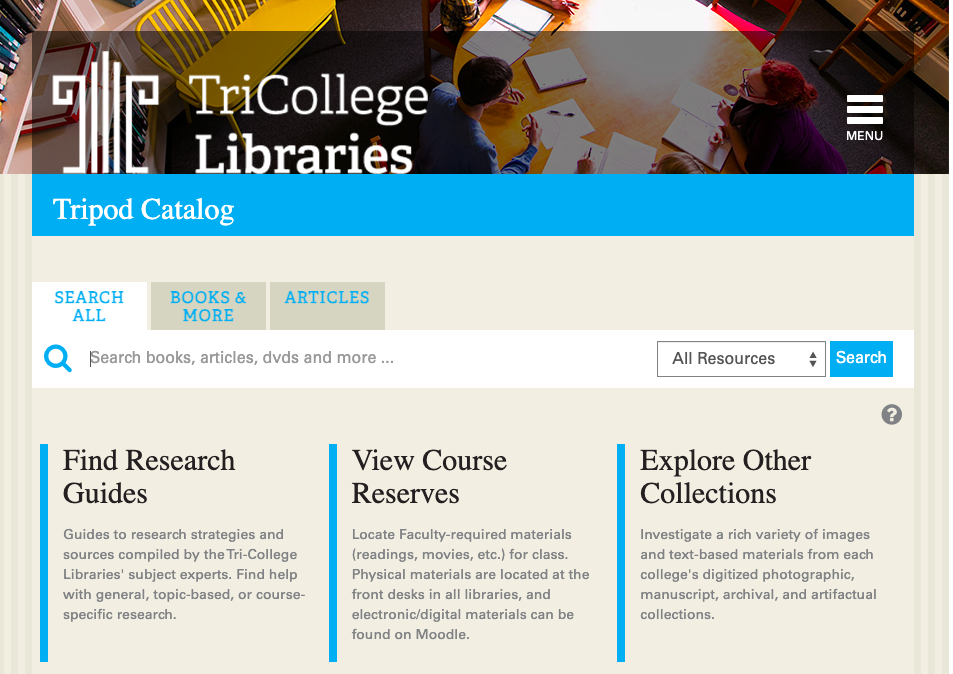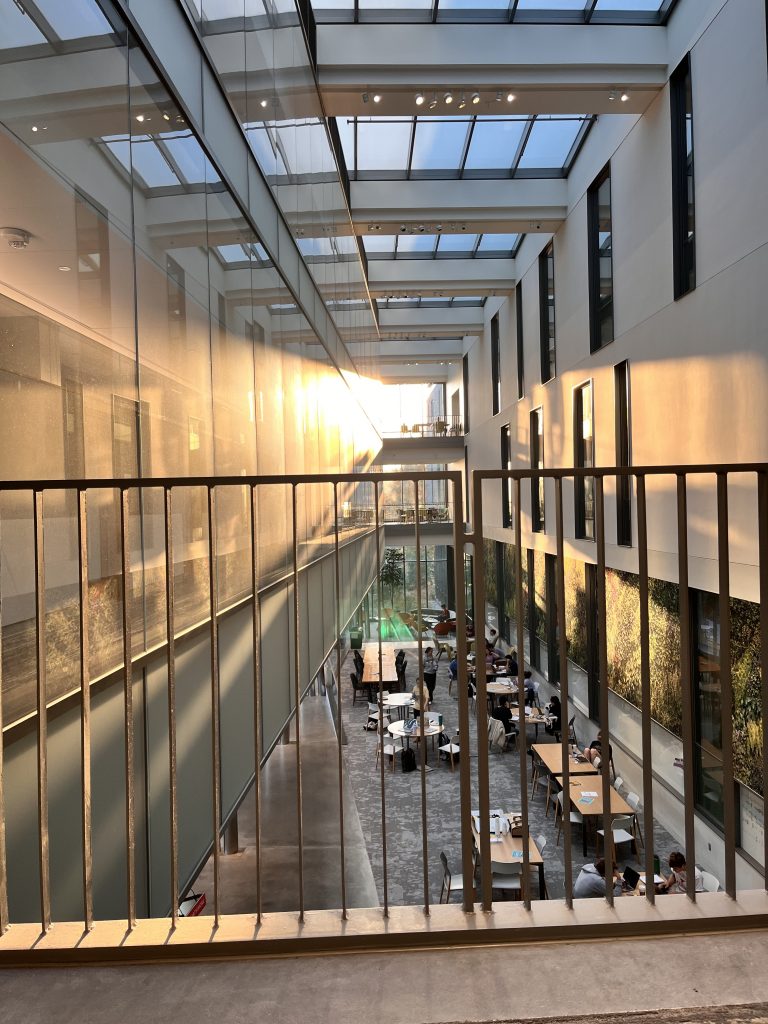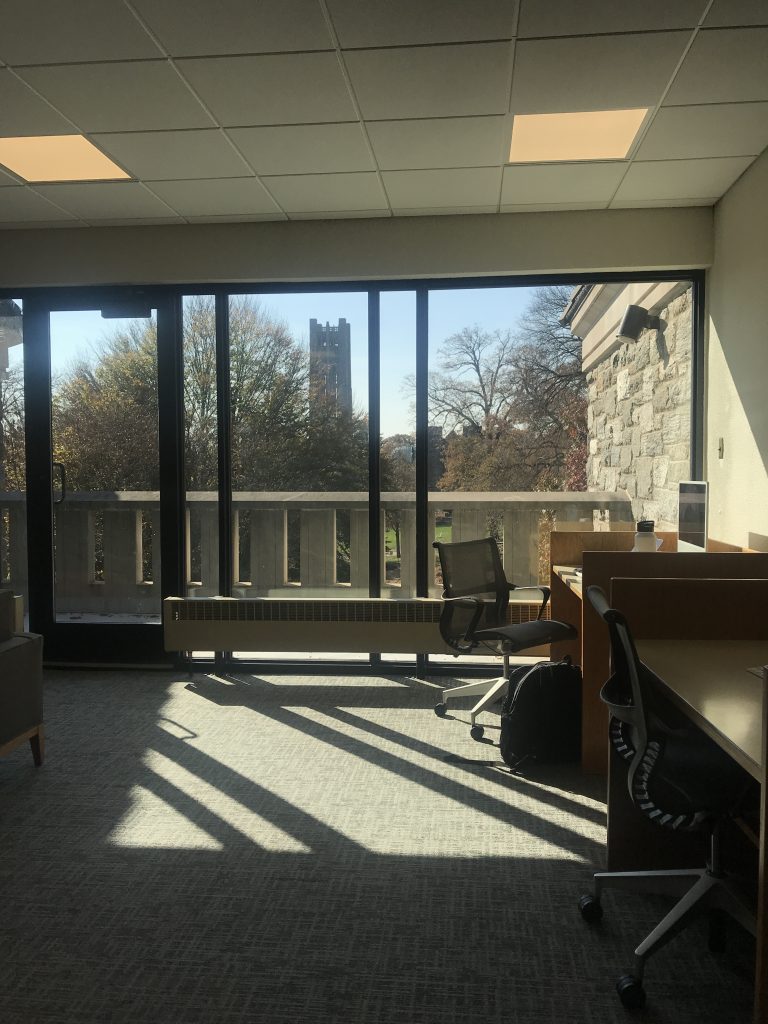My earlier post, Tripod and the Libraries’ Website: a Brief History, summarized structural and cultural reasons that explain our current, siloed library web landscape: why our website is less robust than those of other academic libraries (and under-used as a result) and why a majority of our users think of our integrated library system, Tripod, as “the library website.”

I think it’s a problem. Here’s why:
Equating Tripod and the libraries’ website implicitly communicates a narrow view of what a library is and undermines our value.
It conveys the message that libraries are simply repositories for resources: books on shelves and connections to online resources which may be accessed from anywhere.
And this is a best case scenario. Often, students bypass Tripod as a starting place and begin their search for resources externally (through Google Scholar, for example) without realizing the libraries are usually licensing the content and providing full-text access to the resources they discover there.
This behavior contributes to the breezy misconception some students have that they don’t use, or even need the libraries.
Google Scholar is great. It is simple to search – probably easier than Tripod. Perhaps that’s why some students start their research there.
This is fine, and an improved library website will not necessarily change this behavior.
But research is a craft that is learned and that the libraries help to teach. As students develop research skills, Tripod searches begun through a robust library website would expose them to a more complete information ecosystem, including Digital Scholarship, Archives, Special Collections, and librarian expertise.
Contextualizing Tripod within this ecosystem would communicate an awareness of what libraries offer beyond catalog search results and more accurately situate them as a comprehensive component of a Swarthmore liberal arts education.
On its own, Tripod is not capable of communicating the depth of contextual information a good website could provide.
We know from user research that many students are unaware of library services and confused by terms and concepts that affect their research. Despite steady growth in the number of library instruction sessions and research consultations we provide each year, we’re far from reaching everyone. Yet unless students receive library instruction of some kind, they may miss important learning for both information and digital literacies.
A dynamic, more highly functional website could help by filling gaps, demystifying terms and concepts, and by providing intuitive pathways to library expertise.
So if I’d made my case, how do we get there?
Even if we agree to begin to shift our culture toward creating a website that serves as a single portal to resources in the catalog and the breadth of library affordances, some of us are aware of the structural barriers inherent in the current swarthmore.edu Drupal design.
Usability studies continue to indicate that what we have does not work well and we are building a case for change by demonstrating our need for greater functionality. Although change may be incremental for now, there may be interesting paths forward.
